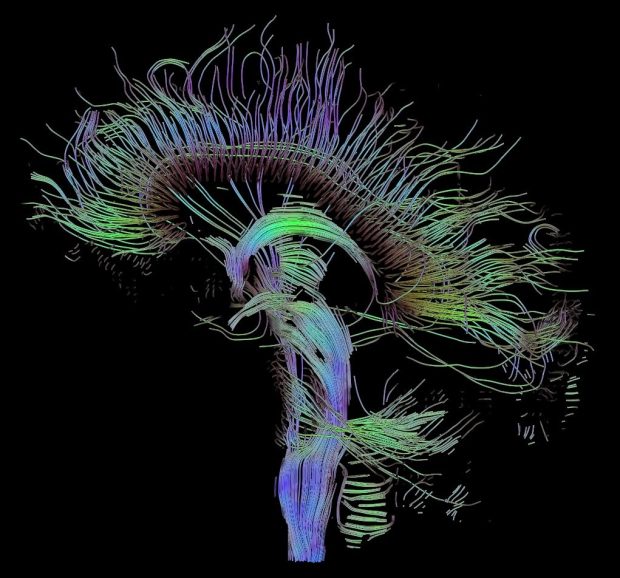
Join the Department of Physics for the 2022 Doc Morris Public Lecture.
When: Friday April 22nd at 6:30 PM
Where: GMCS 333 or via Zoom (RSVP to get the link)
Speaker: Dr. Peter Basser
Title: “Invention of Diffusion Tensor Imaging (DTI) and a Glimpse of What’s Ahead”
Abstract: Diffusion tensor imaging (DTI) was conceived while staring at a poster presented at the NIH Research Festival in 1991. Since then, it has developed into a clinical mainstay for diagnosing and assessing various neurological diseases and disorders, planning various types of brain surgeries, and from a neuroscience perspective, studying anatomical connectivity between different brain areas via DTI ‘tractography’. The development of DTI entailed many surprising ‘twists and turns’, which I hope to describe in my lecture. In some sense, DTI is the ‘tip of the iceberg’ in terms of the information diffusion MRI can yield, and DTI has been the inspiration for many new and powerful diffusion MRI methods that provide microstructural information beyond what can be gleaned from DTI alone. I plan to describe some of these new approaches as well, to offer a glimpse of what’s ahead.
About Dr. Basser:
Dr. Peter Basser received his A.B., S.M., and Ph.D. degrees in Engineering Sciences from Harvard University and his postdoctoral training in Bioengineering within the NIH IRP. He is currently the Associate Scientific Director for Imaging and Genomic Integrity within the NICHD IRP.
Dr. Basser is widely known for the invention, development, and clinical implementation of MR diffusion tensor imaging (DTI), diffusion tensor “streamline tractography,” and other quantitative MRI methods for performing in vivo MRI histology or “microstructure imaging”. These include CHARMED and AxCaliber MRI, which measures the mean axon diameter and axon diameter distribution, respectively, within white matter pathways, and various double Pulsed-Field Gradient (dPFG) or double wave-vector MRI methods, which are now widely used to elucidate distinct microstructural features of both gray and white matter in the brain.
Dr. Basser’s notable awards and achievements include induction into the National Academy of Engineering (NAE), and receipt of the Gold Medal from the International Society of Magnetic Resonance in Medicine (ISMRM), as well as the Eduard Rhein Foundation Technology Award.

